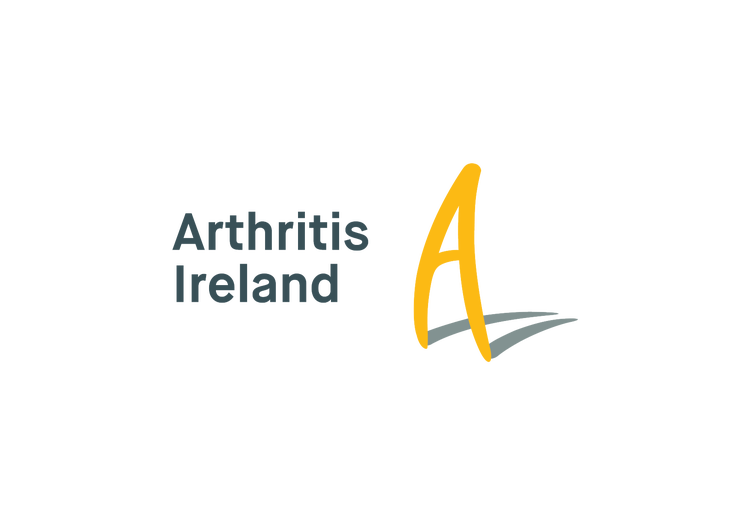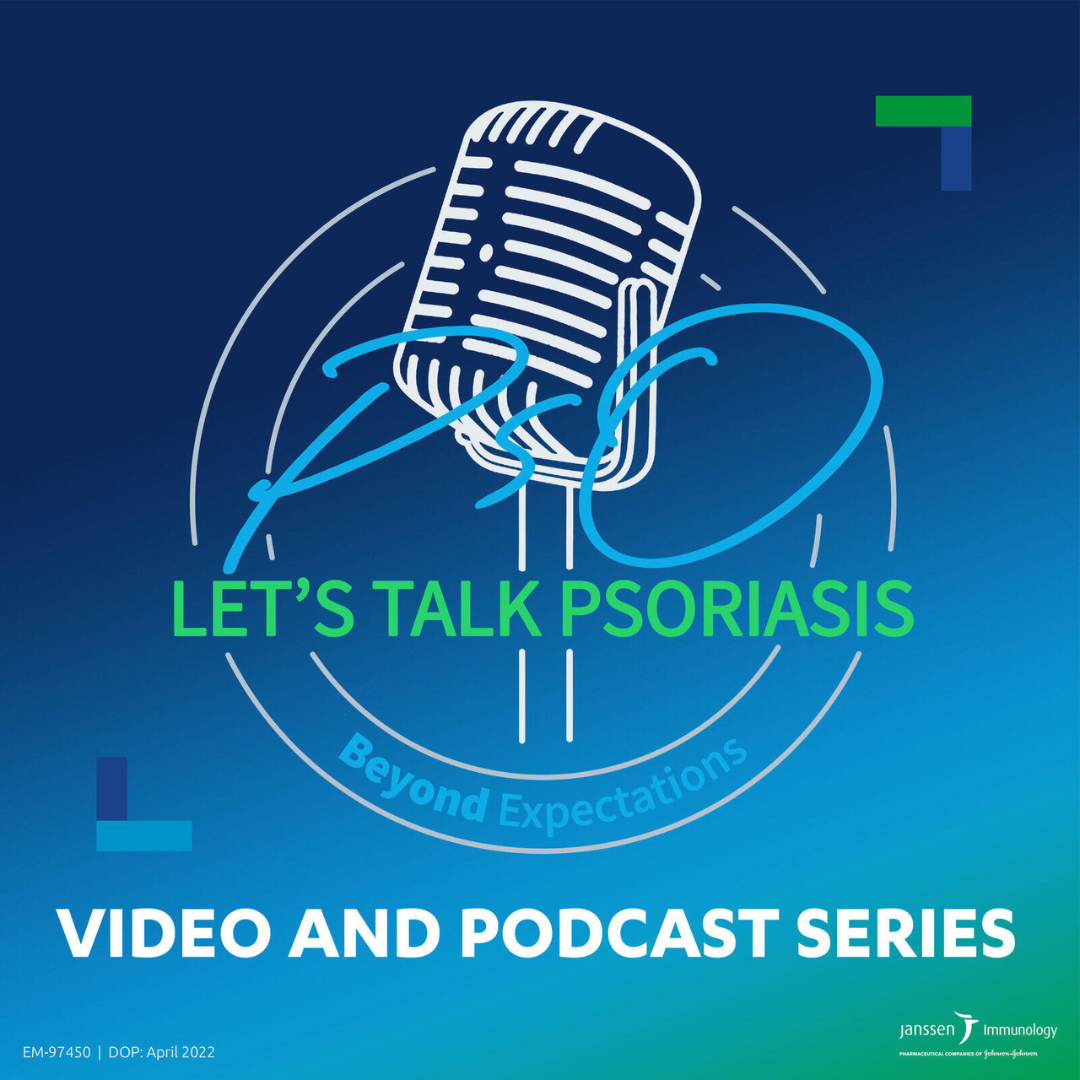Psoriatic Arthritis (PsA)


The rigours of daily life can be difficult enough without adding a constant feeling of soreness and discomfort. It can be difficult to wake up each morning, your knees, elbows and hands working against you, visible rashes a reminder of your pain. In people with psoriatic arthritis, the immune system targets its own joints causing pain, swelling, fatigue and stiffness in the joints. This may make even simple things difficult to do. But symptoms of PsA come and go, and through the right treatment and lifestyle changes, you can reduce this burden so that PsA doesn’t have to be a daily struggle.1

Psoriatic arthritis (PsA) is a chronic, immunological inflammatory disease that affects the joints.1 It is a form of arthritis that affects some people who have psoriasis. Although most people develop psoriasis first, joint problems can sometimes begin before skin patches appear.2 About 85% of people with PsA also have skin psoriasis.3 Because PsA stems from an issue with your immune system, you may also be more likely to develop other diseases, such as diabetes, cardiovascular disease, inflammatory intestinal disease, auto-immune eye disease, or fibromyalgia. Additionally, the emotional toll can lead many to develop depression.4 Without proper disease management, PsA can become disabling.2
Go Beyond Expectations
A place to help you take control of your disease

What are the symptoms of Psoriatic Arthritis?
The most common symptoms of PsA are pain, stiffness and swelling in your joints.2 PsA can affect any joint in your body, as well as create tender spots where tendons and ligaments join onto bones.5 Other symptoms may include fatigue, swelling in fingers and toes, changes in the appearance of your nails, difficulty sleeping, and red, painful eyes.1,3,6
These physical symptoms will likely come and go and vary in severity as disease flares may alternate with periods of remission.2
There are five types of PsA, identified by which joints are affected.7
- Symmetrical polyarthritis PsA affects more than four, usually the same joints on both sides of the body. For example, feeling pain and stiffness in both of your knees, ankles or wrists.7
- Asymmetric oligoarticular PsA affects four or less different joints. For example, while your right wrist may feel healthy and normal, the left wrist may feel stiff and painful, and rashes may appear.7
- Distal interphalangeal PsA mainly affects the joints in your fingers and toes.7
- Spondylitis is a form of PsA that affects the joints between the sections of your spine. This means your symptoms will likely appear as stiffness and pain in your neck and back, however it may spread to joints elsewhere in your body.7,8
- Arthritis Mutilans is the least common type, affecting fewer than 5% of those with PsA. This form of arthritis involves severe inflammation that damages the joints in the hands and feet, which can result in deformation and movement problems. In some cases, this type of PsA will deteriorate the bone as well.7,8
How common is Psoriatic Arthritis?
Among those with Psoriasis, a relatively common, chronic disease, affecting roughly 2-3% of the world’s population, nearly 30% will develop PsA.3,8
Medical experts still do not know exactly what causes PsA. However, there are signs that it stems from a combination of your genes, immune system issues, and lifestyle.7 Psoriatic arthritis affects both genders equally, but is more likely to appear in people between 30 and 50 years old.5
Unfortunately, there is no definitive test to positively confirm a PsA diagnosis.1 However, if your doctor believes your developing symptoms may be caused by PsA, they may request an MRI or X-ray, blood test, and physical examination, coupled with a series of questions, to try and eliminate other likely diseases such as rheumatoid arthritis.1
Treatment and Care
Unfortunately, psoriatic arthritis is a chronic disease, which means no cure will get rid of it permanently. However, there are treatments available that can help reduce, or get rid of, symptoms so that you can lead a life unhindered by PsA.1
For example, some anti-inflammatory medications will relieve pain and reduce swelling, while other drugs will work to tame your immune system so that it does not attack your joints as aggressively.9 It is important to discuss with your doctor what treatments are best suited for your type and severity of PsA before making a decision.
Living with Psoriatic Arthritis
The physical toll PsA takes on the body, being unable to perform what should be simple tasks, can be incredibly difficult to accept and handle emotionally. It is understandable that the constant pain, feelings of helplessness, and shame of how your body looks can develop into feelings of depression. Know that your feelings are valid, and you do not have to walk this path alone.
If you find yourself struggling, consult a mental health professional or contact a support group to share and work through your feelings. There are plenty of resources at your disposal, as well as others experiencing the same symptoms you are, who are willing and able to help carry you through the mental fog in which you may feel stuck.
Sometimes, education is the best way to unmask a monster. Learning more about PsA can help you take control of your life. Pay attention to your body, understand what might be causing your symptoms to return after a period of remission, and what life choices help keep them at bay. Each piece of information is a step toward you taking back control of your body and your life.
What to ask your doctor?
The list below includes example questions to help start a conversation with your health care provider. There may be other relevant questions based on your symptoms, stage, and medical history that are not listed here.
- Does my type of PsA affect how often these symptoms will flare up?
- How likely is it that my children will develop PsA?
- What treatments are best for me?
- How can I make sure that my symptoms resurface as few times as possible?
- How long can remission go for?
- How can I identify aspects of my life that trigger symptoms to come back?
- Are some symptoms more likely to come back than others?
- How likely am I to develop other inflammatory diseases?
- What mental health services are available to me?
- What kinds of complications can come from my PsA?
Janssen & Psoriatic Arthritis
Janssen recognises the debilitating effects diseases like psoriasis and psoriatic arthritis have on patients and their loved ones. That’s why, for more than a decade, our team has been dedicated to advancing the science behind dermatologic and rheumatologic conditions to improve patients’ lives.
We understand the importance of investigating multiple therapeutic options to meet individual patient needs. Through research and discovery, we will continue to expand our knowledge of disease pathways to further address the underlying causes of immune-mediated diseases like psoriasis and psoriatic arthritis.
Our ultimate goal is to provide maximize mobility and minimize pain and discomfort, by identifying opportunities for early prevention, interception and long-term remission of this chronic, sometimes debilitating, disease.
Patient advocacy groups and external sources
This website is developed exclusively by Janssen Sciences Ireland UC. Please note that the patient advocacy group listed below is an additional and independent source of information you might find useful.

Arthritis Ireland is the national patient organization and health research charity representing one million people living with the condition in Ireland.

Hosted by broadcaster, Dr Ciara Kelly, PsO Let’s Talk Psoriasis is the first series of its kind designed to help people manage their psoriasis. Featuring a range of guests including healthcare experts and people living with psoriasis and psoriatic arthritis, the four episodes provide insights and advice on a range of topics from treatment options, mental health, diet and nutrition, managing stigma and self-image.
References
- National Psoriasis Foundation, About Psoriatic Arthritis. Available at: https://www.psoriasis.org/about-psoriatic-arthritis/. Accessed: November 2023.
- Mayo Clinic, Psoriatic Arthritis Symptoms and Causes. Available at: https://www.mayoclinic.org/diseases-conditions/psoriatic-arthritis/symptoms-causes/syc-20354076. Accessed: November 2023.
- Healthline, Symptoms of Psoriatic Arthritis. https://www.healthline.com/health/psoriatic-arthritis-symptoms-pictures. Accessed: November 2023.
- Haddad A, et al. Rambam Maimonides Med J 2017;8(1:e0004):1-6.
- American College of Rheumatology. Psoriatic Arthritis. https://rheumatology.org/patients/psoriatic-arthritis. Accessed: November 2023.
- Versus Arthritis, Psoriatic Arthritis. https://www.versusarthritis.org/about-arthritis/conditions/psoriatic-arthritis. Accessed: November 2023.
- Medicine Net, Psoriatic Arthritis. https://www.medicinenet.com/psoriatic_arthritis/article.htm. Accessed: November 2023.
- MedlinePlus, Psoriatic Arthritis. https://medlineplus.gov/genetics/condition/psoriatic-arthritis/. Accessed: November 2023.
- Mayo Clinic, Psoriatic Arthritis Diagnosis and Treatment. https://www.mayoclinic.org/diseases-conditions/psoriatic-arthritis/diagnosis-treatment/drc-20354081. Accessed: November 2023.